Uncovering Slovene cities – Invisible Maribor (Ptuj, Trbovlje, Koper, Celje...) digital natural, cultural and industrial heritage through a 3D immersive virtual experience.
The product will enable the viewer to explore the most attractive visible and hidden corners of Slovenia's artistic, cultural and industrial heritage. 3D models allow the audience to embark on a digital journey through facades and walls, into underground architectures, to discover the secrets of streets, buildings, cities, landscapes, and their stories. The new technology enables creating images inside interior spaces with the use of mobile capture devices with 3D scanning of immediate surroundings. The presentation of the recorded material is performed with VR headsets, in life-size or as miniature 3D replicas, which offer new and often impossible perspectives. The main purpose is to experience more than a visual documentary lesson, to arouse the excitement and curiosity of traveling through past spaces and lesser known facts about the past.
3D scanners operate with a precision laser beam that reads solid surfaces and, instead of building an entire model, process the image of a particular area as a series of data points creating a complete point cloud, through which the image of the area appears. Once this point cloud is established, it is then fine-tuned to create a complete and colorful 3D image. With additional processes, certain objects can be printed as 3D printed objects in a smaller format.
These virtual models are rendered in stereoscopic 3D for Google virtual headsets. By using the WebVR technology to display the VR experience in the browser, the user does not need any other software or application.
RESULT:
One prototype presentation of a VR and AR product with a focus on the digitalization of cultural heritage; 3D spaces that are hidden from the eye. In technical terms, this may be a combination of any of the following: 3D model, web VR, interior & exterior way finding, real-time mapping, VR navigation, etc. Products derived from the prototype are intended for museums, tourism, education, municipalities, the visibility of Slovenia, and the up-to-date identity of the local population.



